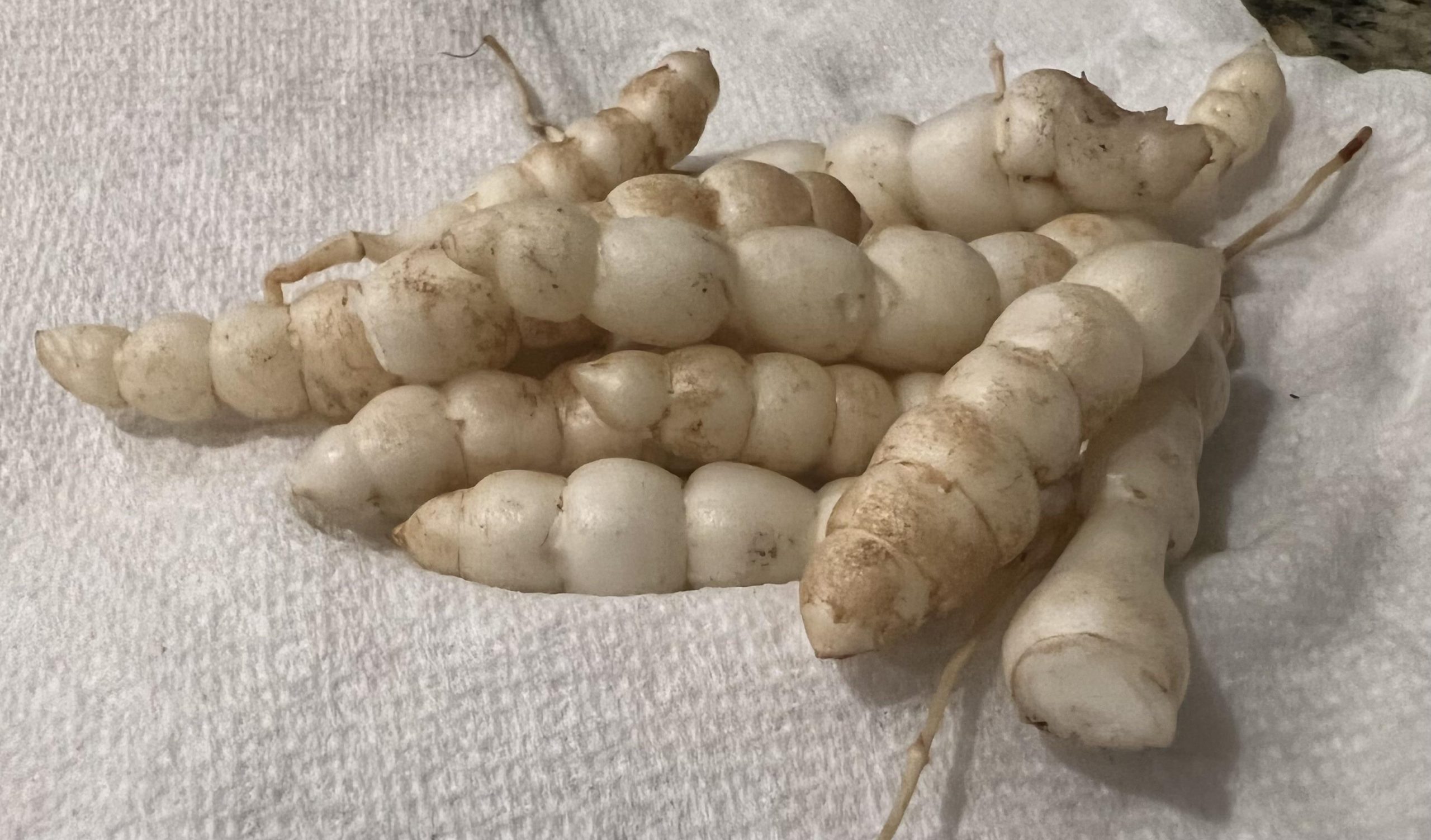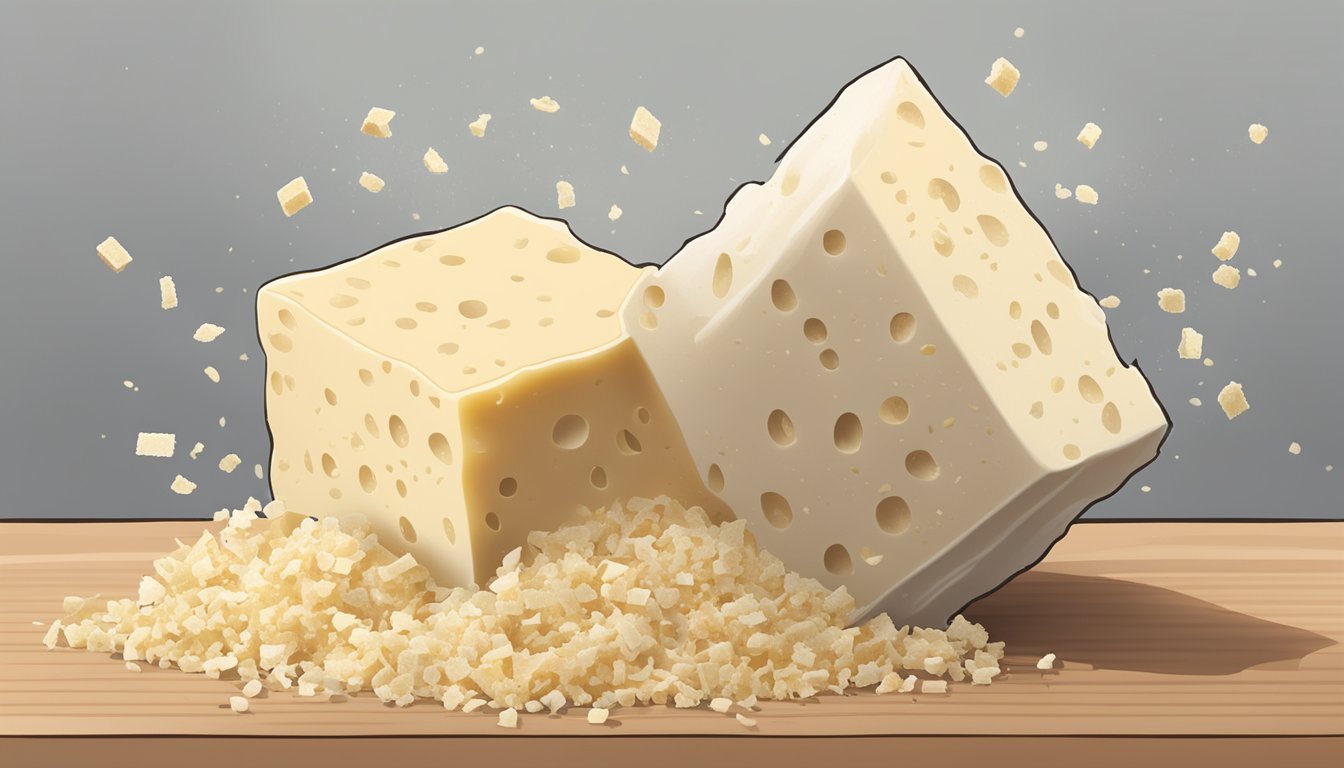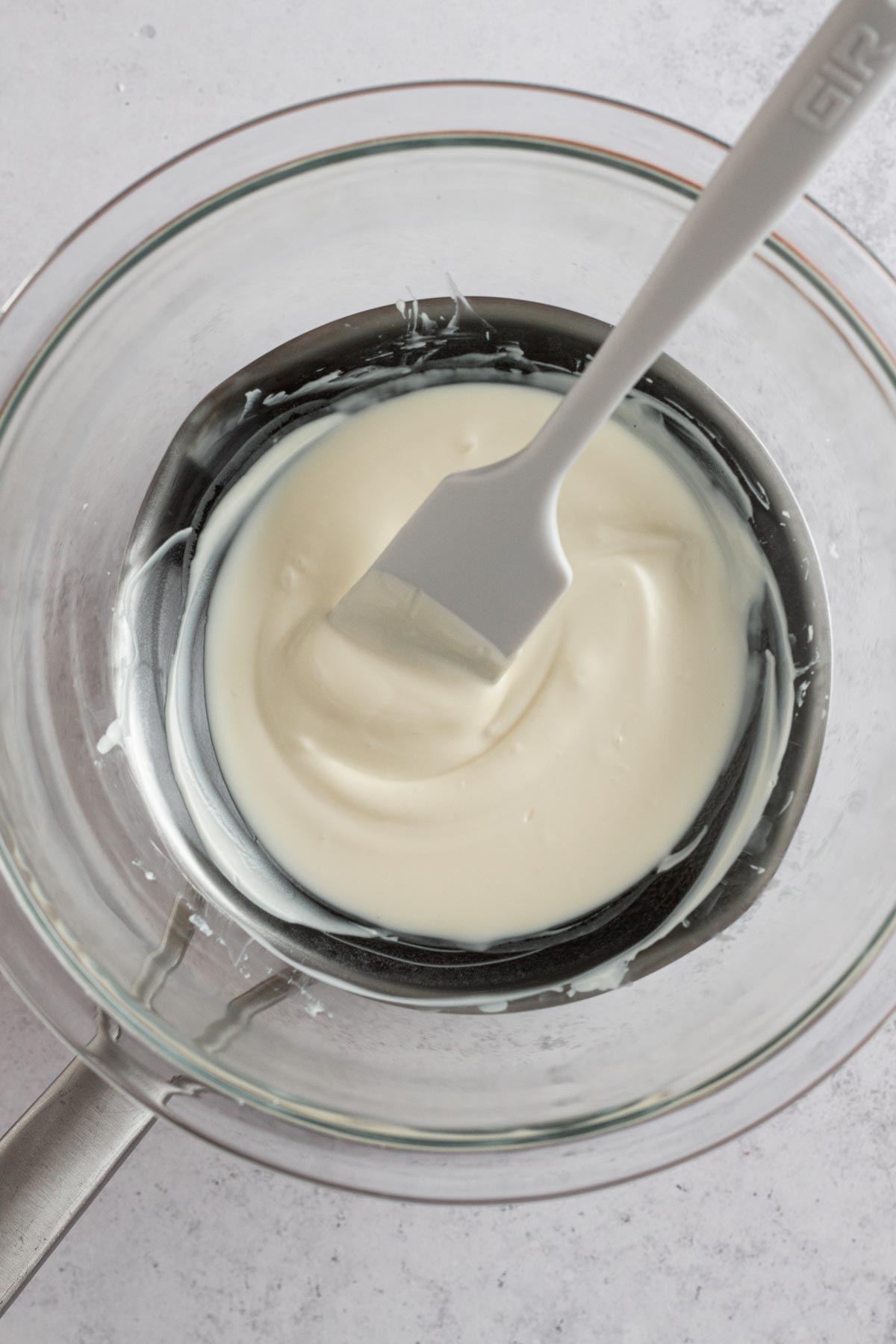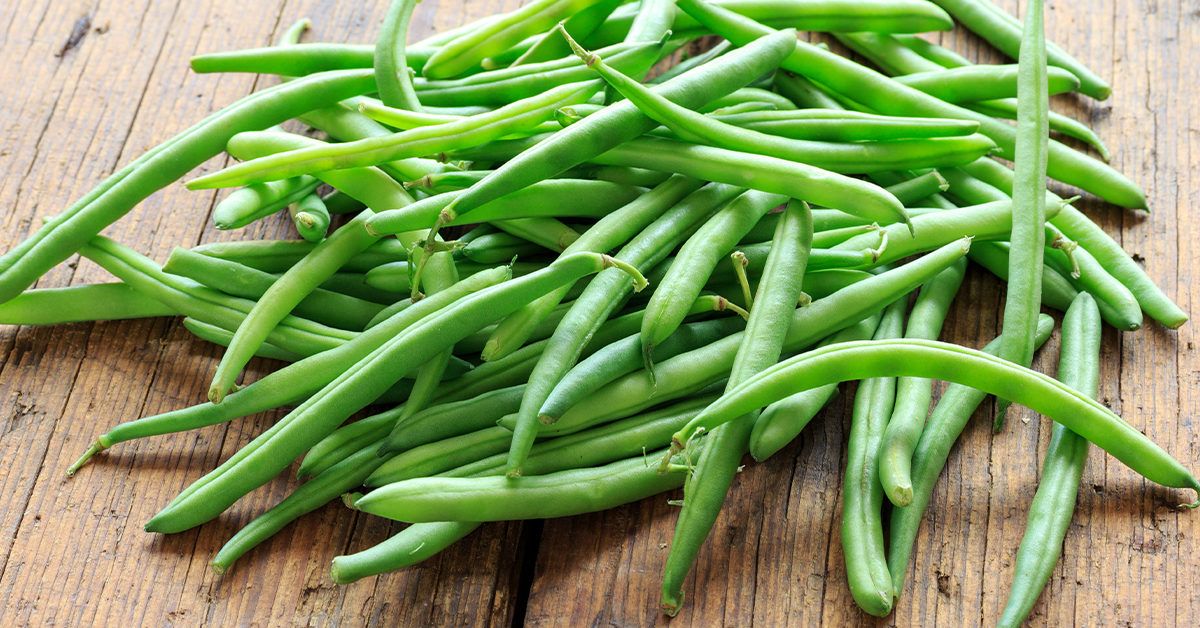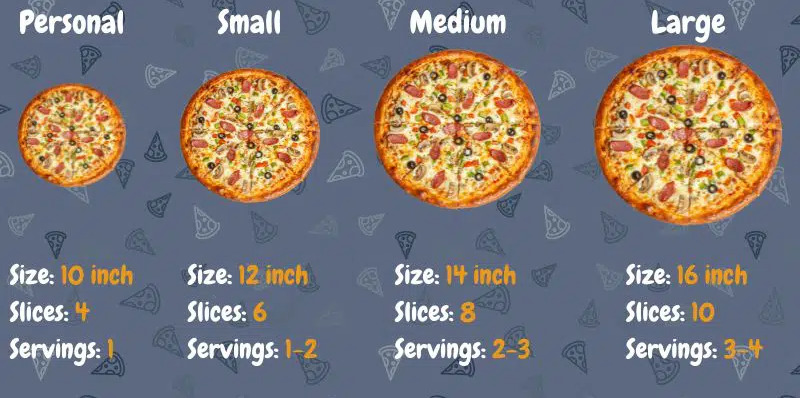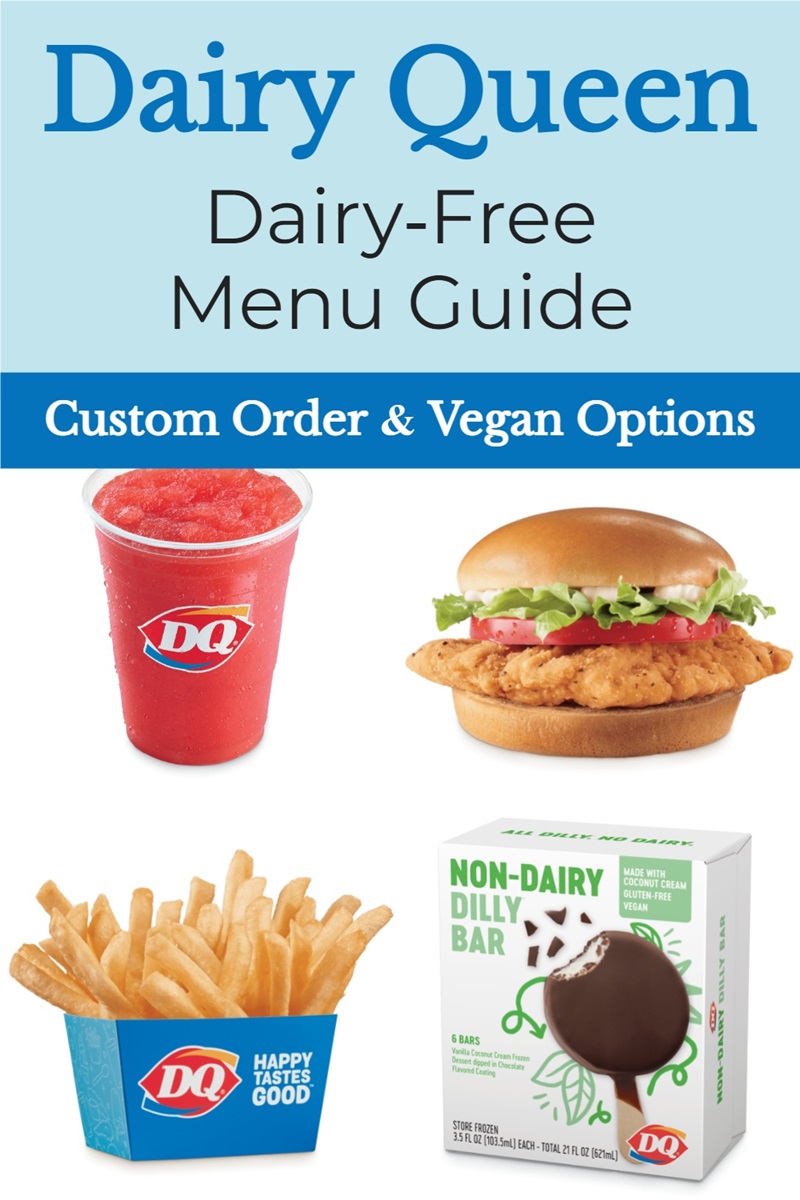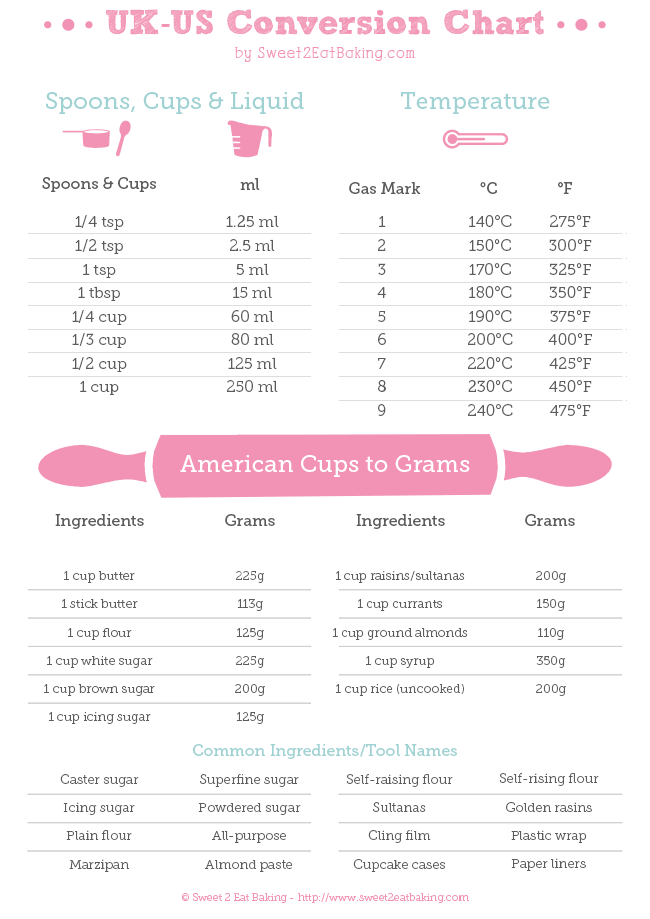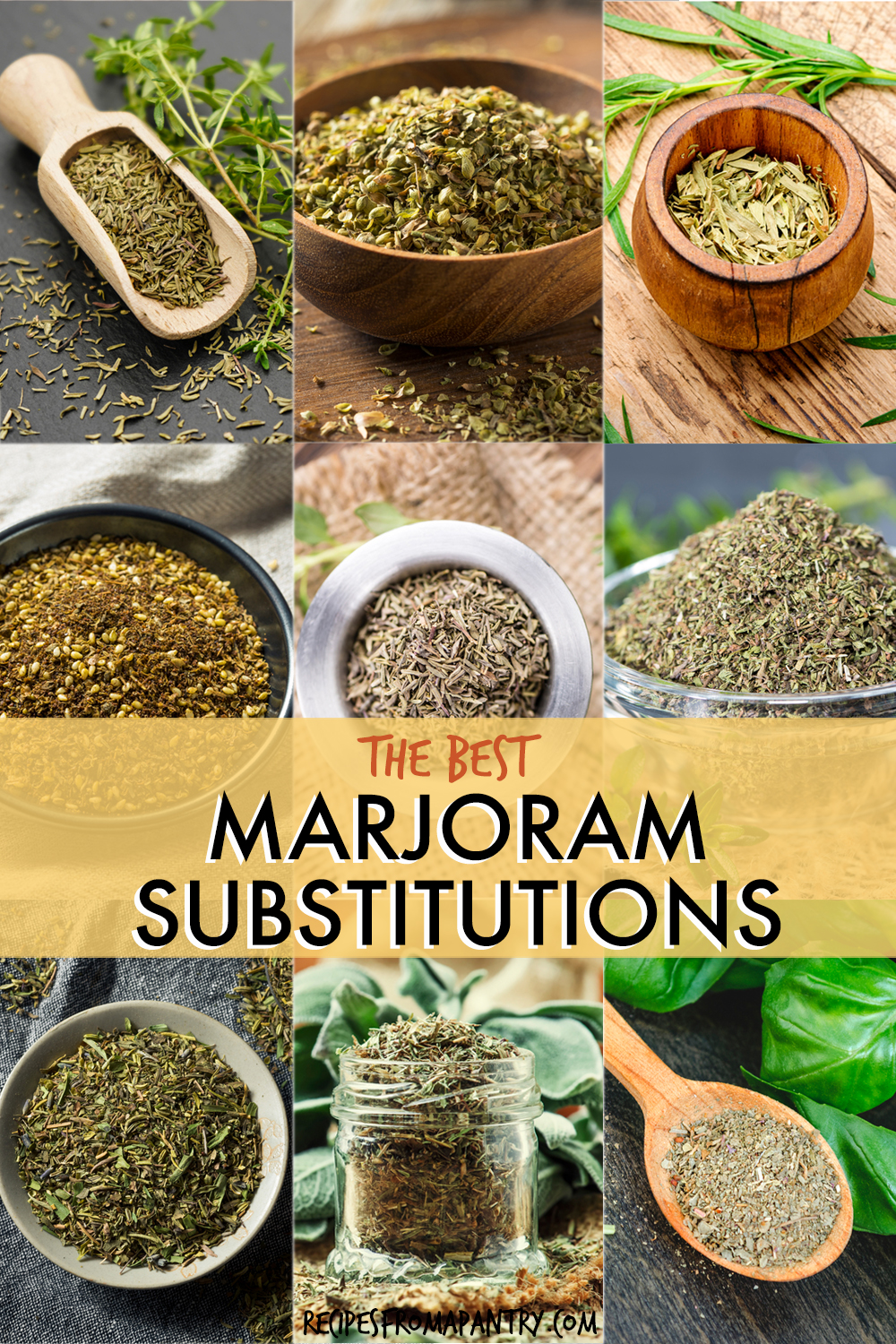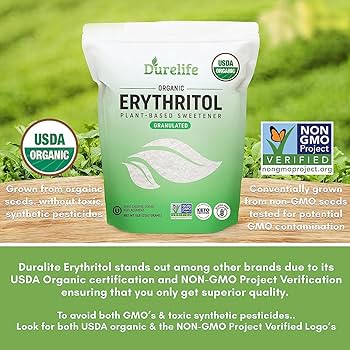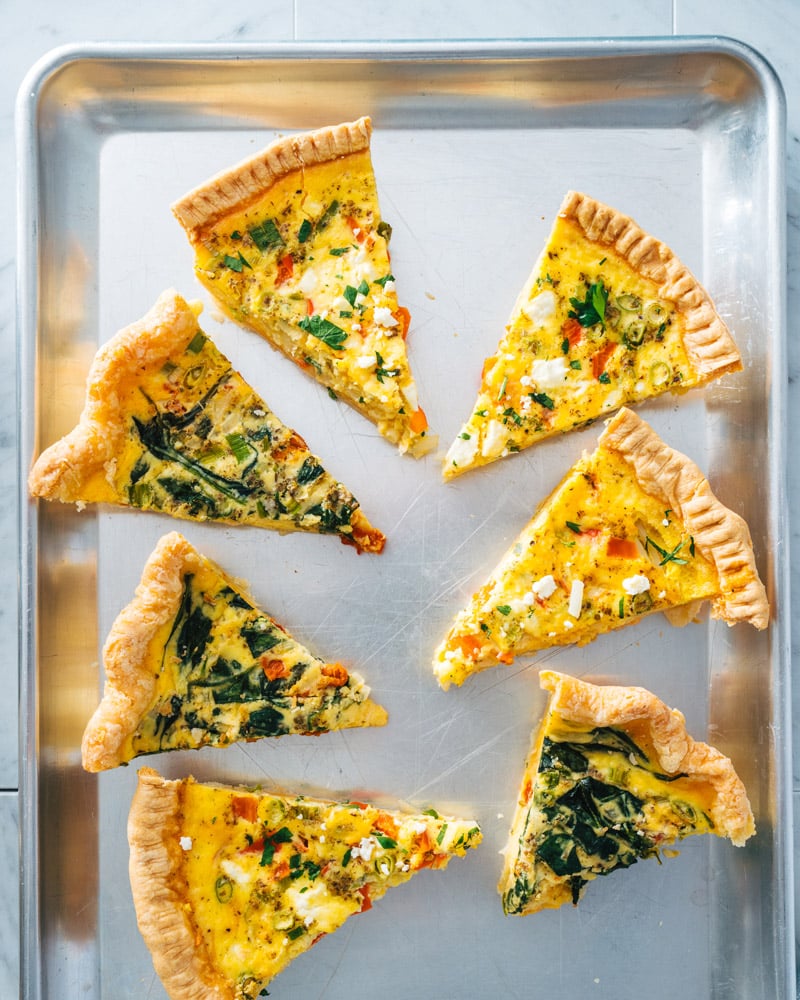– Dairy Queen offers a Non-Dairy Dilly® Bar that is gluten-free and plant-based. It contains 240 calories and is made with a coconut cream-based protein. The bar is also dairy-free and is finished with a crunchy chocolatey coating. It is available at participating Dairy Queen locations.
– They have dairy-free ice cream bars made with vegan chocolate and coconut ice cream.
– The menu options may vary in different countries.
– The fried items may be cooked in shared fryers with items that contain milk, so customers should verify at their specific location.
– Dairy Queen uses a buttery oil on their toast that contains milk in the natural flavors, but it is not used on buns by default.
– All the listed non-dairy items are made without peanuts or tree nuts unless specified.
– Most of the items are egg-free or can be ordered without eggs by omitting mayo or any mayo-based sauce or dressing.
– Dairy Queen does not offer any vegan burgers or sandwiches.
– The Misty Slush, Starkiss Popsicles, and Non-Dairy Dilly Bars are dairy-free frozen treats.
– The Non-Dairy Dilly Bar ingredients include frozen dessert, coconut oil, vanilla extract, and natural flavors.
– The Sweet Toppings include banana brownie pieces, cherry topping, chocolate topping, marshmallow topping, OREO cookie pieces, peanut butter topping, pineapple topping, and strawberry topping.
– Some of the toppings are for sundaes, while others are added to the Blizzards.
– Dairy Queen does not offer dairy-free ice cream.
– The burger options listed (Hamburger, Original Signature Stackburger, Deluxe Signature Stackburger, Bacon Deluxe Signature Stackburger, Flamethrower Deluxe Signature Stackburger, Loaded A1 Deluxe Signature Stackburger) can be ordered without cheese, but additional allergen notes may apply.
– The Chicken Strip Basket (no cheese, no onion rings).
– The Honey BBQ Sauced Chicken Strip Basket (no cheese, no onion rings).
– The Original Chicken Strip Sandwich.
– The Spicy Chicken Strip Sandwich.
– The Rotisserie Style Chicken Bites (with dairy-free dipping sauce).
– The Rotisserie Style Chicken Bites Basket (with dairy-free dipping sauce).
– The Hot Dog, Beef Chili Dog (no cheese).
– The BBQ Sandwich (regional and may vary).
– The Popcorn Shrimp Basket (seasonal and may vary).
– The Wild Alaskan Fish Sandwich (regional and may vary).
– The Rotisserie-Style Chicken Bites Salad Bowl (no cheese).
– The Crispy Chicken Strips Salad (no cheese).
– The Texas Toast used in some items can be made dairy-free without butter, but it is subject to special request and availability.
– Some bun sources may vary, so ingredient verification is recommended.
– Dairy-free salad dressings available at Dairy Queen.
– Dairy-free options in Kids’ Meals include chicken strips, hamburger, hot dog, fries, applesauce, and banana.
– Dairy-free dipping sauces mentioned are BBQ, Honey Mustard, Ketchup, and Wild Buffalo. Ranch dipping sauce contains milk.
– Select breakfast items at certain locations are dairy-free, such as bacon, chicken strips, ham, hashbrowns, sausages, and steak fingers.
– Dairy-free toppings, syrups, and sides available at Dairy Queen.
– Menus, ingredients, and restaurant protocols may change, always review the menu and discuss dietary needs with staff before ordering.
– Dairy Queen has around 6000 locations worldwide, with about 4500 in the U.S.
– The website for Dairy Queen is www.dairyqueen.com.
– Mixed reviews about the taste and availability of lactose-free and dairy-free options.
– Some customers enjoy creating their own dairy-free blizzards using a dilly bar and chopped fruit.
– Request for Dairy Queen to offer soft-serve lactose-free options.
– Some customers praise the taste of the dairy-free Dilly bars and buy them in bulk.
– Appreciation for the variety of dairy-free products available.
– A customer expresses a desire for more dairy-free flavors in restaurants.
Continue Reading
